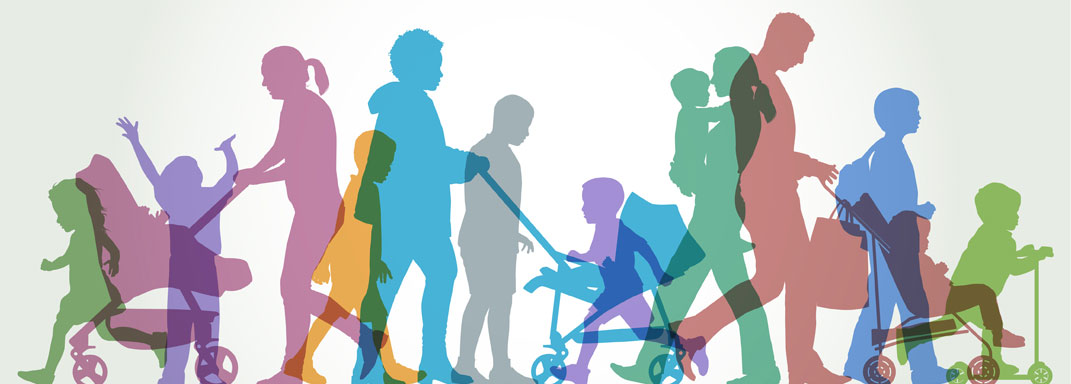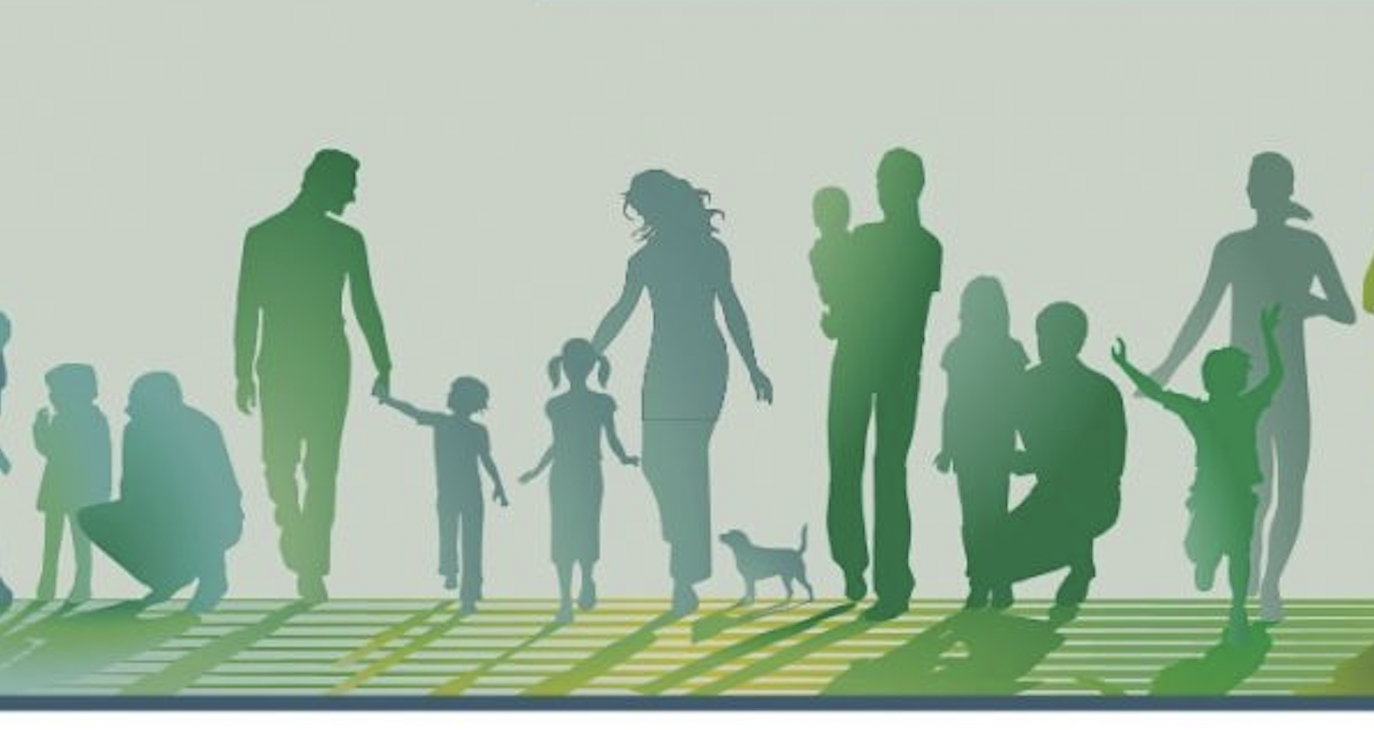The 2008 Act 33 Amendment to the Pennsylvania Child Protective Services law requires state and local reviews of all child fatalities and near fatalities that result from suspected child abuse. In response, the Allegheny County Department of Human Services (DHS) conducts a comprehensive and multidisciplinary review of child fatalities and near fatalities in cases where there is suspicion of child abuse or neglect. These reviews are a component of DHS’s continuous quality improvement process.
What is this report about?
This report covers child fatalities and near fatalities (critical incidents) in Allegheny County reviewed in 2022 and 2023 with a focus on drug ingestions, which have been a growing cause of these critical incidents. The increase in child ingestions and fatalities has been a nationwide trend in recent years and has worsened amidst the nation’s opioid epidemic. The County seeks to understand how these incidents happen and the circumstances surrounding them so that it can develop strategies to minimize them.
What are the takeaways?
- There were 50 critical incidents that occurred during 2022 and 2023. Forty percent (20) of these incidents were the result of unintentional drug ingestion. Unintentional ingestion comprised one-third of the 2022 incidents, rising to nearly one-half in 2023. The number of ingestion-related incidents has been rising year-over-year since 2019 and has been the primary cause of the County’s fatalities and near fatalities since 2022, surpassing blunt force or penetrating trauma and abusive head trauma.
- In 18 of the 20 ingestion cases, at least one of the substances ingested was an opioid. Eighty-six percent of the near fatal and 100% of the fatal ingestions involved opioids.
- The majority (70%) of ingestions occurred in children below the age of three. 40% of victims of ingestions were between one and two years of age compared to 27% of victims of non-ingestion fatalities and near fatalities. This age group are especially at risk for unintentional ingestion as they begin to gain mobility, which increases the likelihood of coming into contact with substances.
- Only 4 (20%) families of ingestion-related critical incidents had active child welfare involvement at the time of the incident, though three quarters (15) of families had a history of child welfare involvement prior to the ingestion incident.
- Sixty-six percent of alleged perpetrators in ingestion cases had received publicly funded substance use disorder services prior to the critical incident. However, there was a reduction in engagement with these services within a year (43%) and within a month (36%) prior to the critical incident.
- Of the known alleged perpetrators in ingestion cases, 41% had utilized medication for opioid use disorder (MOUD) at some point before the critical incident. There was a steady decrease in MOUD use leading up to the critical incident with 31% using MOUD within the year and 13% within the month prior to the critical incident.
How is this report being used?
Allegheny County is taking an active role in addressing the ramifications of the opioid epidemic and the rising trend of unintentional ingestions. This includes enhanced training for Child welfare staff and access to naloxone, lockboxes and fentanyl test strips for caseworkers to provide to clients. The County, through its opioid settlement funds, has expanded convenient access to MOUD and evidence-based treatment (e.g., mobile medication, telemedicine prescribing, and incentives for abstinence from stimulants and opioids) and launched a Countywide marketing campaign in April 2024 warning about the dangers of opioid ingestions and the safety of administering naloxone to children. In addition, it has invested in preventative programming like residential substance use disorder treatment that allows families to reside together during a person’s treatment and in the Hello Baby approach, a collaboration which is designed for parents with newborns to improve family outcomes and maximize child and family well-being, safety and security.












